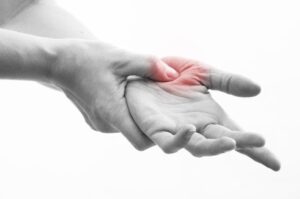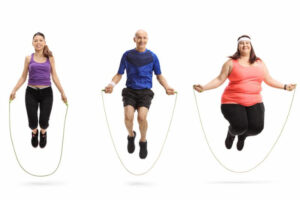Falls, Balance, and Brain Health: Yes, There is a Relationship!
Proactive work on your balance can reduce the impact of a fall, and help your brain health!
Wow, it has been slippery outside!
Short story to share about a client who had a close encounter with a sidewalk.
Letting the dog out one night, he was victim to the random tug of the leash. On the icy sidewalk that tug ended up pulling him off balance; he went down hard onto his right side. Thankfully the landing was on his glutes rather than the hip itself. Ice, heat, and a chiro visit later the pain was tolerable, but walking and standing were not so easy.
We had a last minute opening, so he came in. We re-enacted the fall to figure out what else happened with the impact — shoulder hitting but not as bad as the hip, and a twist of the core in an artful attempt to roll out of the fall.
Using the Bridging® technique to re-center muscle relationships with each other, he walked out almost as if the fall had never happened. Two weeks later the whole event is long forgotten!
Three Considerations to Every Fall
 Every injury has three aspects to address for you to get back to feeling normal.
Every injury has three aspects to address for you to get back to feeling normal.
The first is the most obvious — which body part took the fall? This is easy because it hurts!
The second aspect is what is missing from the picture — what also happened or didn’t happen? Did arms catch the fall? If so, how? Or why didn’t arms help? We take the time to think through the hidden aspects of the incident.
The third is the compensations — which joints are stressed from compromised movement since the injury.
Each aspect of the overall trauma must be addressed. The second and third are what we uniquely check for!
Set up a time with our team of movement experts.
Click here to access our schedule.
Recent Research and Resources Regarding Balance
 Poor Balance Often is ‘A Thing’ at Younger Ages
Poor Balance Often is ‘A Thing’ at Younger Ages
In a 2018 study researchers found that balance in women progressively becomes impaired beginning in middle age.
Balance assessments are where I launched my work from that led to the Bridging technique. Here are specific attributes to balance; specific practice can help refine these reactions.
Agility-related exercise directly helps and here are some suggestions.
Why Do We Care so Much About Balance?
We each have personally seen how losing confidence in balance caused our loved ones to retreat from participating.
Whether it’s the balance to feel secure in golfing, bike riding with friends, or simply walking to the restaurant with the family, the world begins to get smaller as we fear falling.
Some brand new research news about balance — it correlates with brain health!
Yes, checking the simplest aspects of balance offers many opportunities from preventing falls to better brain health.

